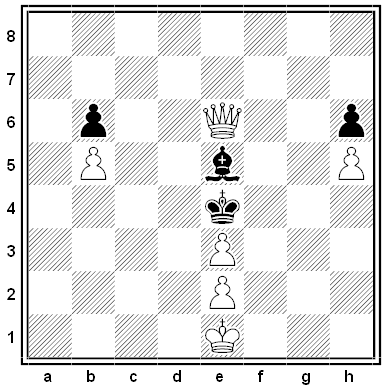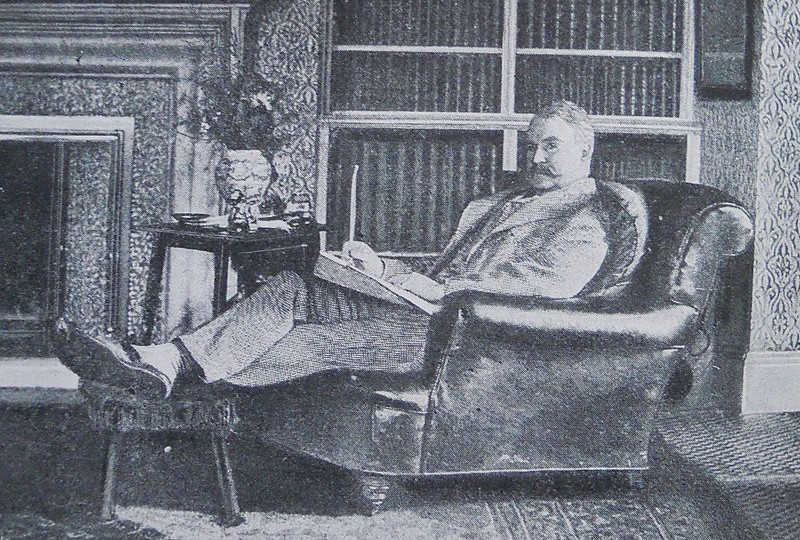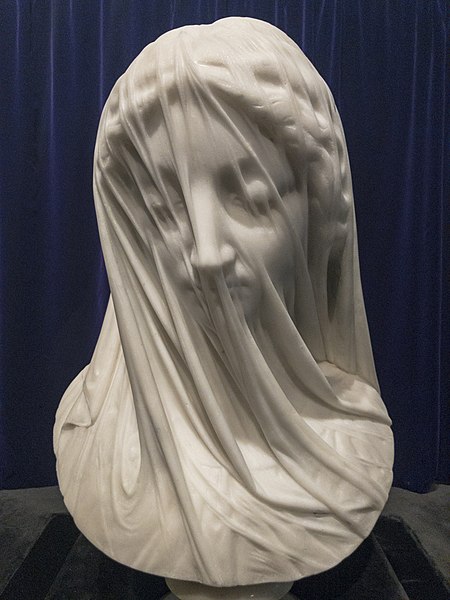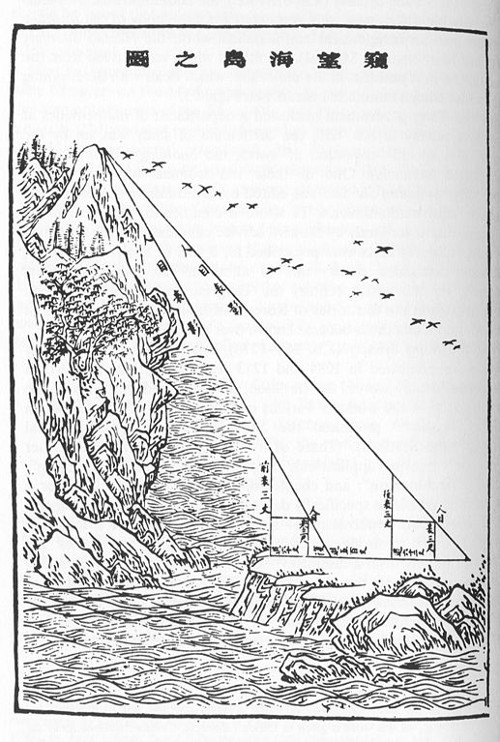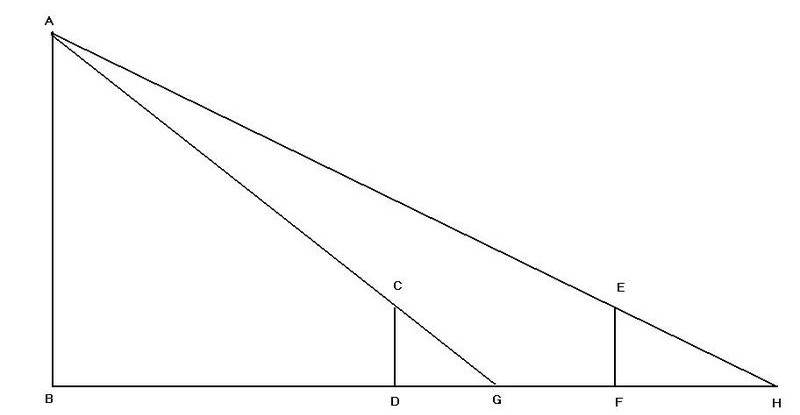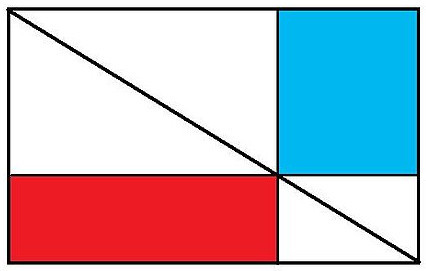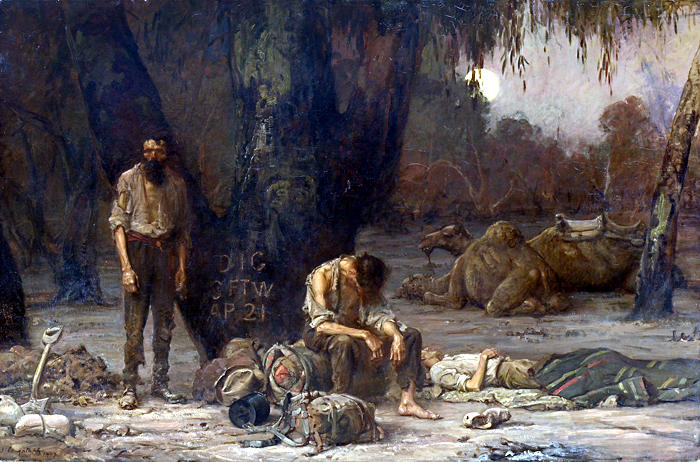My wife and a stranger are both drowning. I can save only one of them. What should I do? In considering this question in 1981, Bernard Williams suggested that I’m having “one thought too many” if I stop to ponder what morality requires; I should save my wife simply because she’s my wife. Troy Jollimore argues that this should silence all other considerations — a husband must “perceive this consideration as possessing such overwhelming importance that it simply drives everything else from his mind.”
But “This sounds terrible,” writes Raja Halwani. “It is one thing to say that Sam should be motivated by the thought that his wife is drowning, but quite another that this thought should silence all others. The danger here is that even if love takes us out of self-absorption, it throws us into the absorption in another, and this does not sound moral.” Is love a moral emotion?
(Bernard Williams, Moral Luck, 1981; Troy Jollimore, Love’s Vision, 2011; Raja Halwani, Philosophy of Love, Sex, and Marriage, 2018.)

